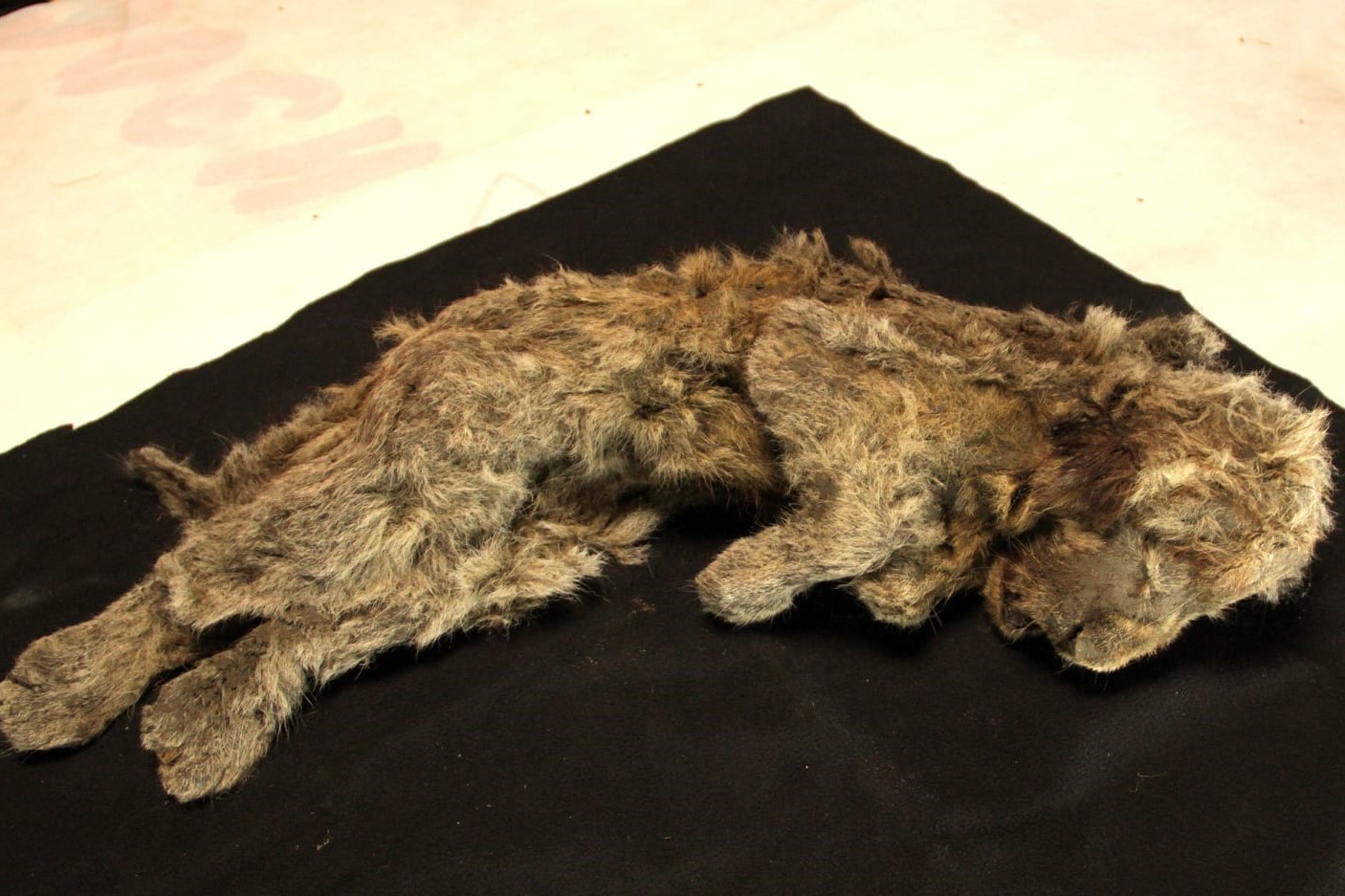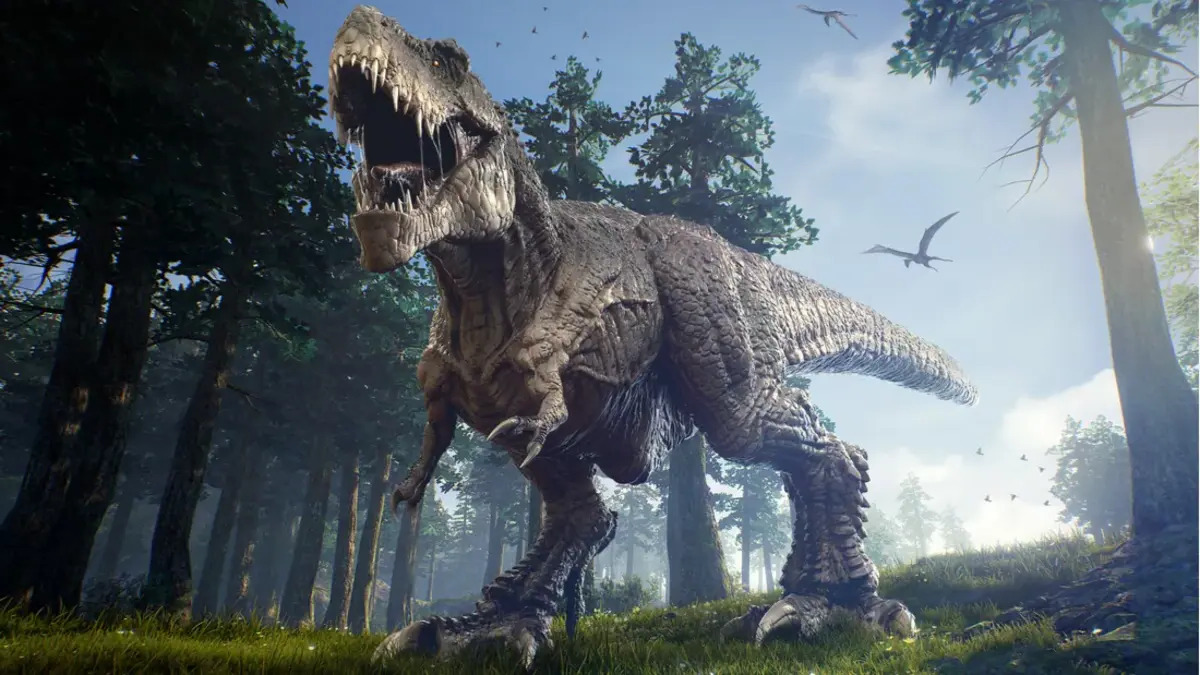
Did you know that cave lion cubs once roamed the icy landscapes of the Pleistocene epoch? These majestic creatures, now extinct, were among the largest big cats to ever exist. Their remains, often found in Siberian permafrost, offer a fascinating glimpse into a world long gone. Imagine stumbling upon a perfectly preserved cub, its fur and whiskers intact after thousands of years. This isn't just a tale from a fantasy novel; it's a reality that scientists and explorers have experienced. Cave lion cubs provide invaluable insights into ancient ecosystems, predator-prey dynamics, and even climate conditions of their time. Ready to dive into some intriguing facts about these prehistoric wonders? Let's get started!
Key Takeaways:
- Cave lion cubs, like Uyan and Dina, were ancient predators from the Ice Age with unique traits and social structures, providing valuable insights into their lives and the environment they lived in.
- The discovery of cave lion cubs in Siberian permafrost has given scientists DNA samples to study, shedding light on the genetic differences between cave lions and modern lions, and their eventual extinction.
Cave Lion Cubs: An Ice Age Marvel
Cave lions, also known as Panthera spelaea, roamed the Earth during the Ice Age. These majestic creatures have fascinated scientists and enthusiasts alike. Let's dive into some intriguing facts about cave lion cubs.
The Discovery of Cave Lion Cubs
The discovery of cave lion cubs has provided a wealth of information about these ancient predators.
- In 2015, two well-preserved cave lion cubs were found in the Siberian permafrost. Their names are Uyan and Dina.
- These cubs are estimated to be around 12,000 years old, dating back to the last Ice Age.
- The cubs were found in the Sakha Republic, also known as Yakutia, a region in Russia.
- Their discovery was significant because it provided the first complete specimens of cave lions.
Physical Characteristics
Cave lion cubs had unique physical traits that set them apart from modern lions.
- Cave lion cubs had a robust build, with strong limbs and a muscular body.
- Their fur was thick and woolly, adapted to the cold climate of the Ice Age.
- Unlike modern lion cubs, cave lion cubs had fewer spots on their fur.
- Their ears were smaller and rounder, likely an adaptation to conserve heat.
Diet and Hunting
Understanding the diet and hunting habits of cave lion cubs helps us learn about their survival strategies.
- Cave lion cubs were carnivorous, relying on their mother's milk initially.
- As they grew, they would start eating meat from prey hunted by adult lions.
- Their primary diet included large herbivores like mammoths, bison, and reindeer.
- Cave lions were social animals, hunting in groups to take down large prey.
Growth and Development
The growth and development of cave lion cubs were crucial for their survival in the harsh Ice Age environment.
- Cave lion cubs were born blind and helpless, relying entirely on their mother.
- They opened their eyes after about ten days, similar to modern lion cubs.
- By the age of six months, they started to develop their hunting skills.
- Cubs stayed with their mother for up to two years before becoming independent.
Social Structure
The social structure of cave lions played a vital role in the upbringing of cubs.
- Cave lions lived in prides, similar to modern lions.
- A pride typically consisted of several females, their cubs, and a few males.
- Female cave lions were responsible for hunting and raising the cubs.
- Male cave lions protected the pride from threats and rival males.
Extinction and Legacy
The extinction of cave lions marked the end of an era, but their legacy lives on through their remains.
- Cave lions went extinct around 14,000 years ago, likely due to climate change and human activities.
- Their extinction coincided with the disappearance of many large Ice Age mammals.
- Cave lion cubs found in permafrost have provided valuable DNA samples for research.
- Scientists are studying these samples to understand the genetic differences between cave lions and modern lions.
Fascinating Facts
Here are some additional fascinating facts about cave lion cubs that highlight their uniqueness.
- Cave lion cubs had a shorter tail compared to modern lions.
- Their claws were retractable, allowing them to climb trees and catch prey.
- The cubs' teeth were sharp and well-suited for tearing meat.
- Cave lion cubs communicated with each other through vocalizations and body language.
- They had a keen sense of smell, which helped them locate prey and navigate their environment.
- Cave lion cubs were playful, engaging in mock fights to develop their hunting skills.
- The cubs' bones were denser than those of modern lions, providing extra strength.
- Cave lion cubs had a higher survival rate in colder climates due to their thick fur.
- Their remains have been found in various parts of Europe and Asia, indicating a wide range.
- The study of cave lion cubs continues to provide insights into the lives of these magnificent Ice Age predators.
The Final Roar
Cave lion cubs, fascinating remnants of the Ice Age, offer a unique glimpse into prehistoric life. These ancient predators, preserved in Siberian permafrost, provide invaluable insights into the Pleistocene era. Their well-preserved bodies reveal details about their diet, habitat, and even social behavior. Scientists have learned that cave lions were larger than today's big cats and had distinct physical features, like a lack of manes in males. The discovery of these cubs helps us understand the environmental conditions of their time and the challenges they faced. As we continue to study these incredible finds, we gain a deeper appreciation for the complex web of life that existed thousands of years ago. Cave lion cubs remind us of the ever-changing nature of our planet and the importance of preserving its history for future generations.
Frequently Asked Questions
Was this page helpful?
Our commitment to delivering trustworthy and engaging content is at the heart of what we do. Each fact on our site is contributed by real users like you, bringing a wealth of diverse insights and information. To ensure the highest standards of accuracy and reliability, our dedicated editors meticulously review each submission. This process guarantees that the facts we share are not only fascinating but also credible. Trust in our commitment to quality and authenticity as you explore and learn with us.


